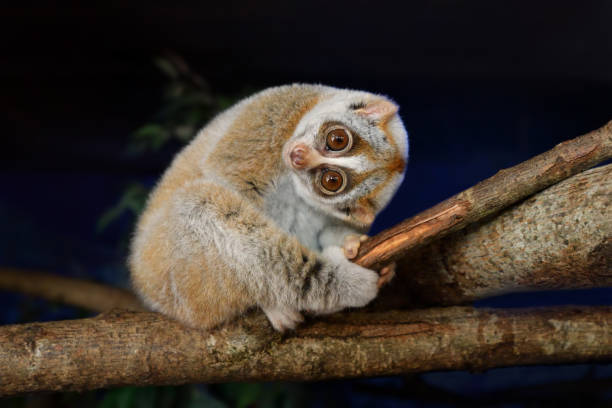Unveiling the Intriguing Life of the Slow Loris
The slow loris, an animal that has fascinated and intrigued animal enthusiasts and nature lovers, is today's research subject. With their oddly human-like faces and slow, deliberate movements, these nocturnal creatures are truly a marvel of nature. This article will dive into the curious world of the slow loris, offering a unique look at their history, current status, and the challenges they face.

The Slow Loris: A Peculiar Prosimian
Unlike their more well-known primate cousins - the monkeys and apes - slow lorises belong to a group called prosimians, which also includes lemurs and tarsiers. They are native to Southeast Asia and parts of India and are known for their slow, deliberate movements and distinctive facial markings. The slow loris is a true creature of the night, using its excellent night vision and strong grip to navigate the treetops in search of food.
A History of Misunderstanding and Misrepresentation
Historically, the slow loris has often been misunderstood and misrepresented. In many cultures, they were seen as symbols of death and misfortune, leading to their persecution. Additionally, their slow movement and seemingly docile nature led to their exploitation in the pet trade, where they are often subjected to cruel practices like tooth extraction to make them ‘safer’ for humans.
The Slow Loris Today: Conservation Challenges
Currently, the slow loris faces several significant challenges. Habitat loss due to deforestation is a major problem, reducing their natural range and leading to population decline. Furthermore, their popularity in the illegal pet trade continues to threaten their survival. Despite international laws protecting them, slow lorises are frequently captured and sold as pets, often suffering in the process.
The Market Impact of the Slow Loris Trade
The illegal pet trade has become a booming black-market industry, with slow lorises being sold for hundreds, sometimes thousands, of dollars. This trade not only harms individual animals but also disrupts their natural populations, contributing to their status as a threatened species.
The Future of the Slow Loris: Hope Amid Challenges
Despite the challenges they face, there is hope for the slow loris. Conservation organizations worldwide are working tirelessly to protect these unique creatures, promoting legal protection, habitat conservation, and public awareness.
While the road ahead is filled with challenges, the slow loris’s story is one of resilience. Their continued survival, despite the odds, is a testament to the tenacity of nature and a call to action for us all. By understanding and appreciating the slow loris, we can help ensure their future and contribute to the preservation of our planet’s incredible biodiversity.






